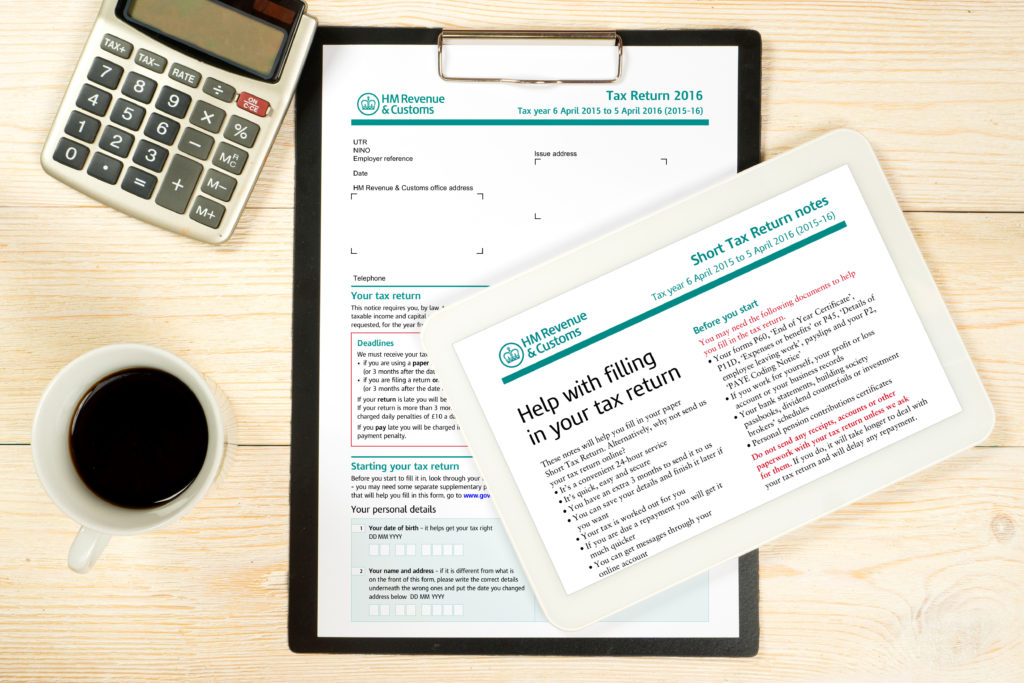
In April 2019, HMRC is introducing the Making Tax Digital (MTD) regime with the objective of reducing the tax gap and modernising the tax regime. The regime will focus on VAT from April 2019 with other business taxes expected to be included in April 2020.
Overview
The rationale behind MTD is to minimise errors made by taxpayers in VAT returns that are a result of manual intervention. The Government estimates that it loses around £3bn of VAT as a result of manual errors in the VAT return process, so as well as helping to increase the efficiency of the VAT return process MTD will also generate additional tax receipts for the Government. HMRC’s ambition is “to become one of the most digitally advanced tax administrations in the world, modernising the tax system to make it more effective, more efficient and easier for customers to comply”.
What is ‘Making Tax Digital’?
From April 2019, businesses with a “taxable” turnover above the VAT threshold (currently £85,000) will have to comply with MTD. The regime will also be available to other businesses on a voluntary basis. Looking further afield, a large number of other countries (particularly in Europe) already require digital submission of VAT returns and other statistical documents. As such, MTD for VAT is likely to be the start of the UK tax system’s digital journey.
What are the key requirements?
MTD for VAT requires businesses to:
- maintain and keep VAT records digitally
- store and maintain those documents in “functional compatible software”
- ensure that any digital records that are transferred between accounting system and other applications are done so via a digital link
- create a VAT return from the digital records within functional compatible software
- connect to HMRC’s portal via an Application Programming Interface to submit the VAT return directly to HMRC
The MTD Timeline
April 2019 – The first tax to make the conversion to MTD will be VAT.
April 2019 to April 2020 – Between April 2019 and April 2020 there will be a “soft landing period”, during which the “digital link” requirement will not be enforced. This will allow businesses extra time to update their systems to ensure that they are fully compliant. However, businesses will need to meet all other MTD requirements during this period.
April 2020 – The “soft landing period” will end. In addition, other business taxes are intended to follow the conversion to digital administration and compliance
submissions. There is currently little information about the changes for corporation tax, however it is expected to follow the same basic requirements as those for VAT.
What can I do to prepare?
To prepare for MTD, it is important to start considering the impact it will have well in advance of the new rules taking effect. Areas that should be considered include:
- Readiness assessment – what changes will you need to make to your current processes to comply with MTD?
- Process improvement – can your existing systems be used or adapted to reduce the amount of manual intervention in the VAT return process?
- Data analytics – are you confident about the quality and integrity of the data used to prepare your VAT return?
- Software – how will you fulfil the requirement to submit your VAT return via an API link?
Richard Holm
Richard is a Director in KPMG’s Indirect Tax team and leads their work in the travel and tourism sector across the South West.
0117 905 4393
Richard.holm@kpmg.co.uk
Diana Pugh-Hudson
Diana is a Manager in KPMG’s Indirect Tax team and works with a wide variety of organisations across the South West, including a number of businesses in the travel and tourism sector.
0117 905 4067
Diana.pugh@kpmg.co.uk